No wilderness experience is complete without casting off that final thread of civilization: the swimsuit. Reminiscing on the times I’ve gone skinny dipping takes me back to the core of my wilderness trips, to the very reasons I went in the first place.
Floating naked in Indian Arm on a perfect summer night, surrounded by green phosphorescence, watching seals’ shimmering tracks like underwater comets. Or wind drying on Georgian Bay granite at sunrise, getting goose bumps on body parts rarely feeling the open air.
Why not go skinny dipping on your next paddling trip?
Blame modern civilization for the swimsuit—Victorian England outlawed naked swimming in 1860. In pre-industrial times everyone skinny dipped. Who would bother getting clothes wet? Especially before the days of fast-drying Lycra.
Early swimsuits favored prudishness over practicality. Made from hideous stiff canvas or flannel, they were cut for maximum concealment. Women’s bathing gowns had lead weights sewn into the hem to keep them from floating (the gowns, not the women, though one wonders how many drownings resulted). A wet swimsuit weighed 30 pounds.
Thankfully, by the 1930s, North America had begun turfing its beach censors, whose job it had been to enforce “neck to knees” coverage.
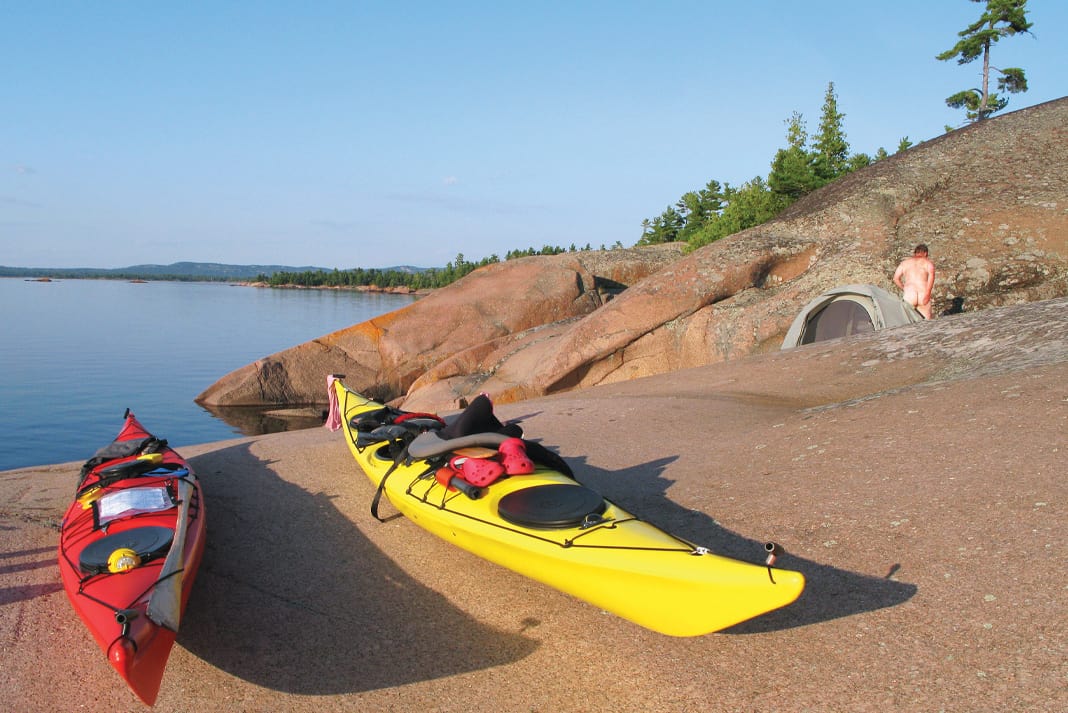
Skinny dipping flirts with the mainstream
Receding tan lines have since closely followed the flourishing of liberal democracy. Under Franco, Spain’s fascists shut down nude beaches. At the height of the fight against Hitler, people went bananas for the bikini in America. Scandinavia, that paragon of liberalism, is the world capital of nudism.
Naked swimming even transcends the culture wars: Democrat president Lyndon Johnson once skinny dipped with evangelist Billy Graham.
Swimming in the buff continues to gain popularity. In 1981 Pope John Paul II (who was a kayaker first) issued a statement about morality and nakedness that effectively gave it the okay. The 2009 television series The Skinny Dip featured young, hot Newfoundlander Eve Kelly getting naked at a remote swimming hole in every episode. And at the end of 2012, a herd of New Zealanders stripped and dipped to break the group skinny dipping record of 413.
Yet fully freeing ourselves from the convention to cover up still requires escape. That’s why every nude beach is a mini wilderness: Vancouver’s legendary Wreck Beach, 473 steps down to the sea at the outer edge of an urban forest. Toronto’s Hanlan’s Point, which only became legal in 1999, separated from downtown by an island. Or San Diego’s Black’s Beach, a hike below 300-foot cliffs.
A feeling of liberation
Myself, I prefer to kayak to more private skinny dipping spots. I hadn’t considered myself a nudist—that political “ism” associated with the brazenly unclothed—until I learned how much the term’s definition sounds like why I paddle: “becoming one with the natural world” and “a feeling of liberation as you shed your status, pretensions and fears.”
For me, the freedom to skinny dip is not just a sign I’ve gotten away. It’s the final ritual of getting there, a baptism.
Feeling cheeky. | Feature Photo: Virginia Marshall


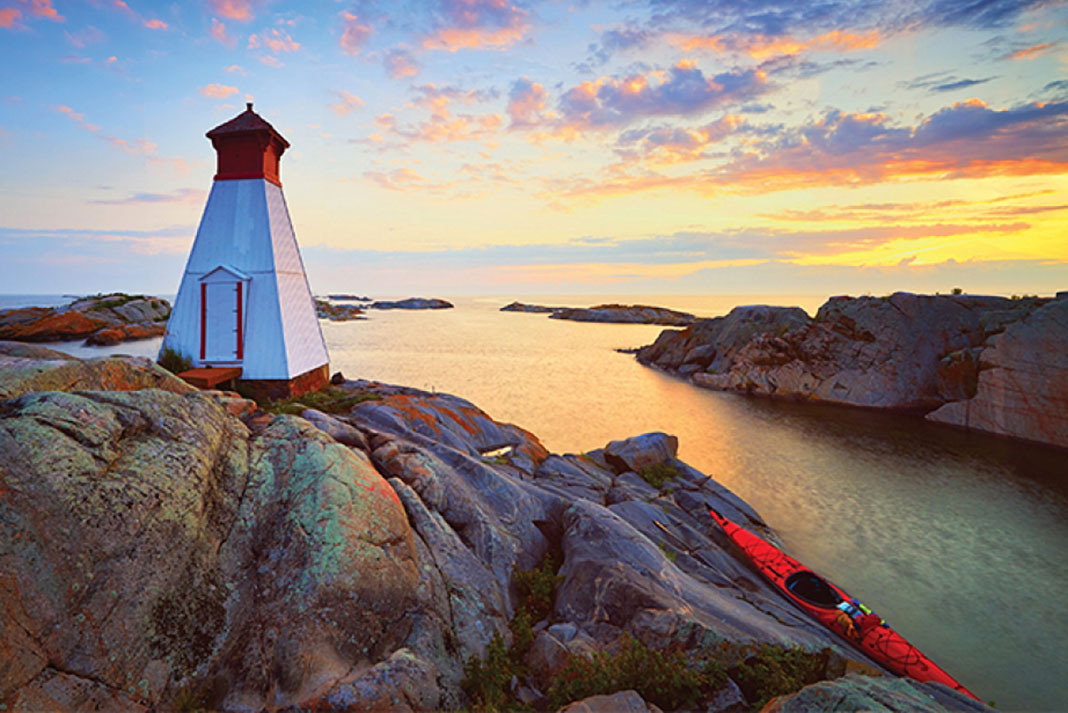
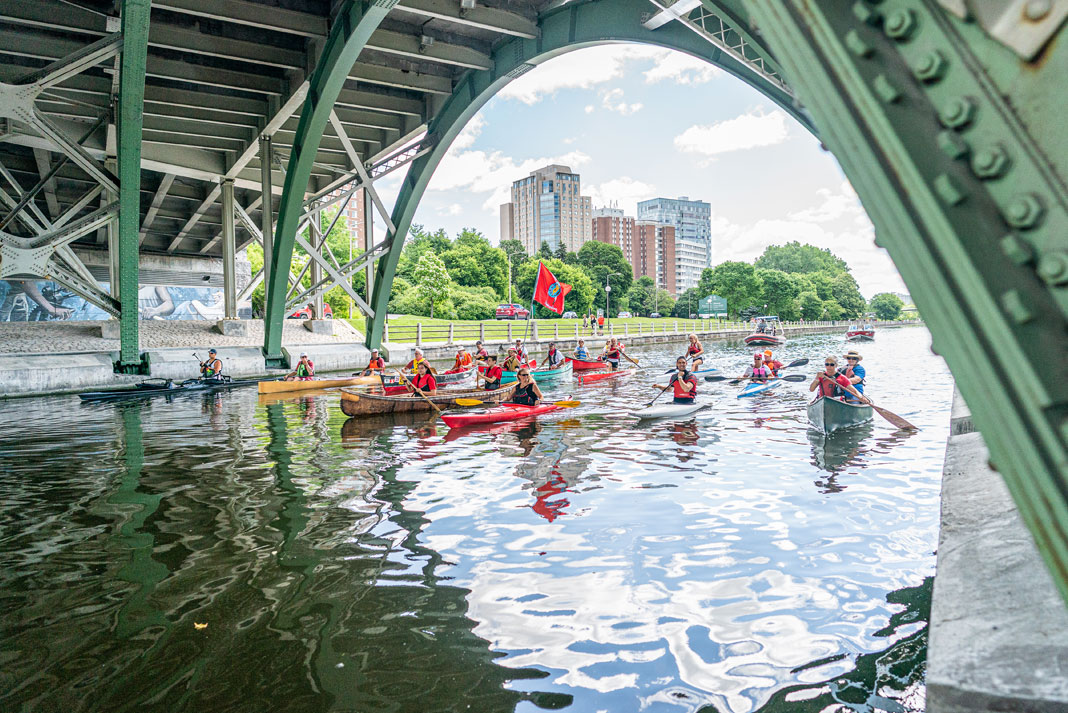
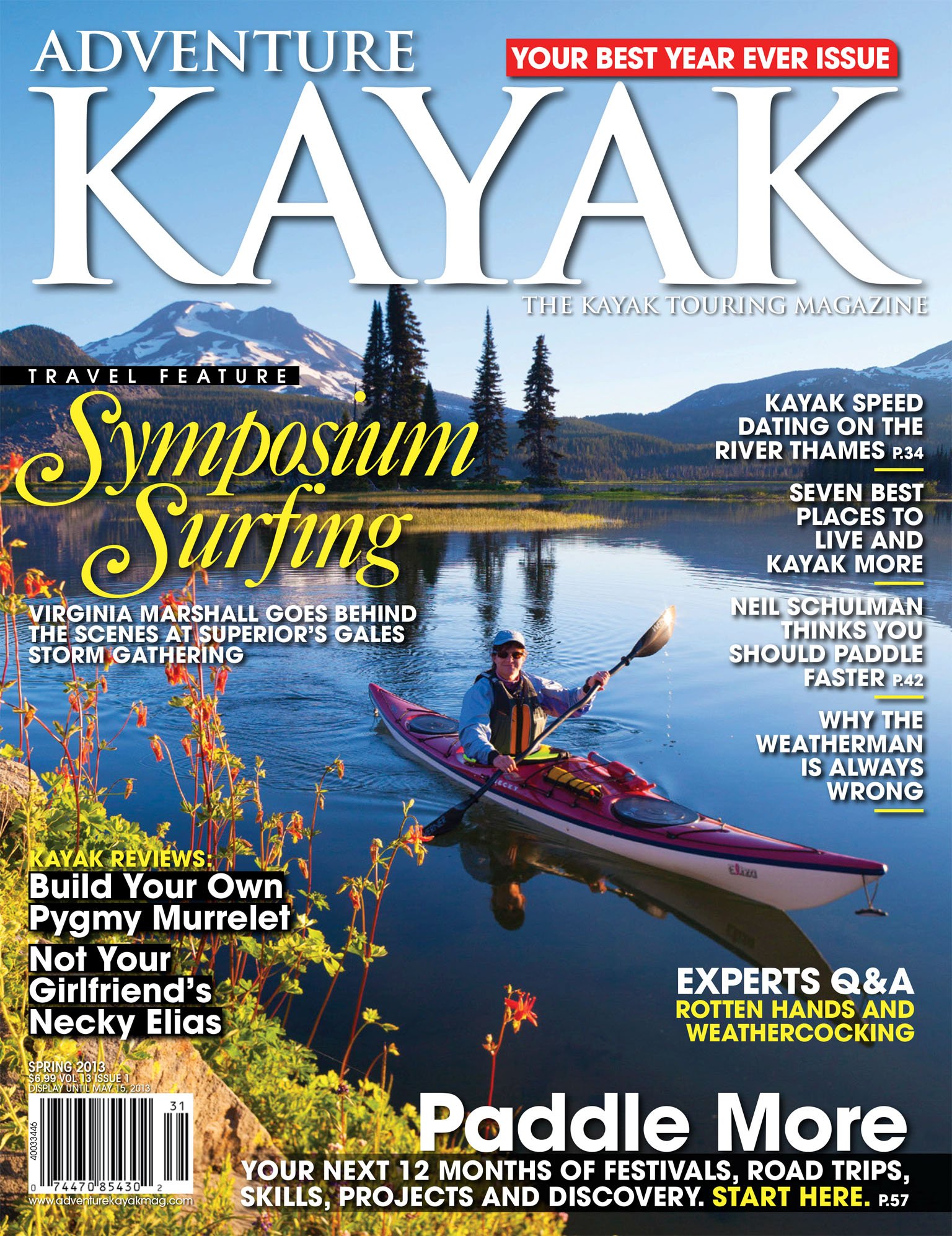 This article was first published in the Spring 2013 issue of Adventure Kayak Magazine and was republished in Issue 58 of Paddling Magazine.
This article was first published in the Spring 2013 issue of Adventure Kayak Magazine and was republished in Issue 58 of Paddling Magazine. 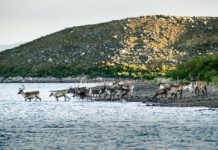
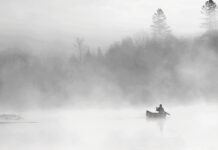


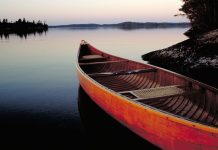


Have enjoyed many a skinny dip here in Scotland mostly in a mountain lochan and sometimes in a mountain stream. The water is always refreshingly baltic and you need a slight breeze or baking sun to deter the midge.
For a non-nudist you have really captured the the essence of nudism: freedom. If a person has all his/her life been encumbered with the little bit of textile that covers such a small area of your skin, he/she just cannot imagine how freeing it is to lose that last bit of bondage to textiles and conventional mores. It has nothing to do with sex; everything to do with freedom. I can’t imagine ever going back to wearing a suit to swim in.
Perhaps a more practical reason to skinny dip: After a long portage getting sweaty, it is nice to cool off with a swim. But who wants to continue paddling for many more hours (or making the next portage) in wet swimwear? Strip it off, and then you have something dry to put back on!
The best part about being naked in the wilderness is when others see you, they tend to go in the opposite direction lol.
I met a couple (father and son) on an island in Algonquin Park. Nice folks. But they brought extra shoes, chairs, towels and so much that I couldn’t imagine how they’d portaged at all! I carried everything I needed for six days in my small kayak and completed a 2.2 km portage almost comfortably. (ish!) One of the things I hadn’t brought was a swim suit. Weight, wetness, and an admission that here in the vastness of the interior, as far away as I could attempt with short travel window, I would still have to cover up to appease the masses. Yeah, not doing that! They slept through my morning skinny dip, probably still exhausted from the exertions of carrying all of civilization with them! lol